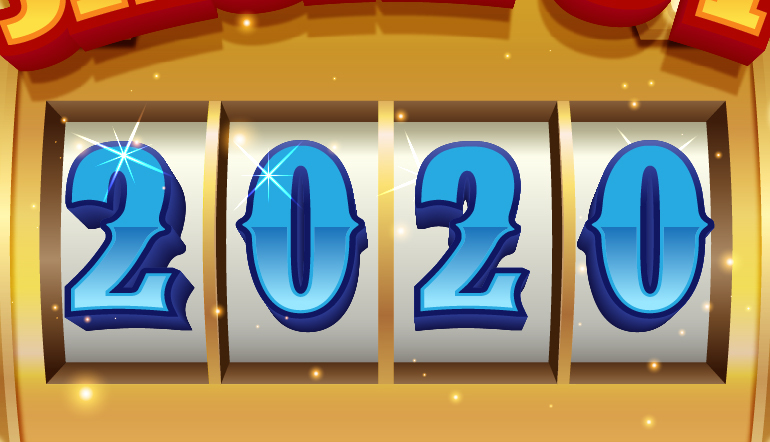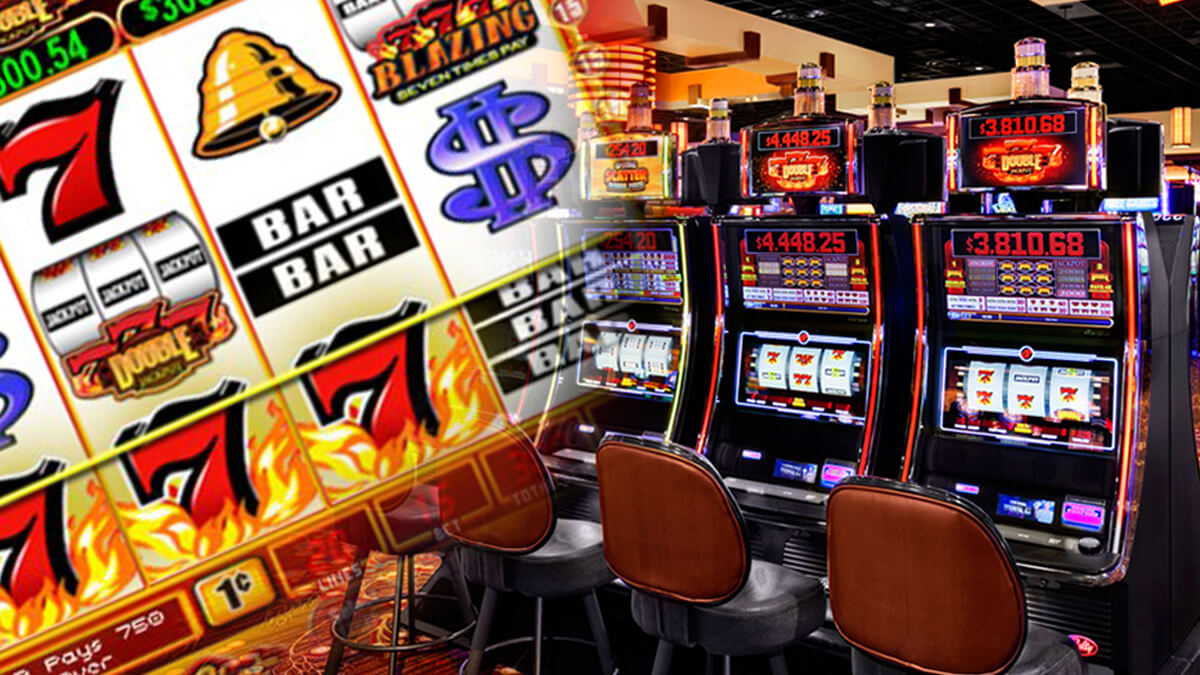How Modern Slot Machines Work
Slot machine, byname one-armed bandit, known in Great Britain as a fruit machine, gambling device operated by dropping one or more coins or tokens into a slot and pulling a handle or pushing a button to activate one to three or more reels marked into horizontal segments by varying symbols.
- How Modern Slot Machines Are Different Modern slot machines use the same kind of math and game-play, but instead of using a complicated system of gears and stops, they use computer programs to create the same kind of odds. This has perks for the player, but it has drawbacks, too.
- Slot machines are such mainstays of modern casinos and slot games so widely played online today that you might think it’s always been so. But everything has its beginnings, and slots have evolved over the last 120 years. The first three-reel slot machine had a maximum jackpot of half an American dollar.
- Most modern slot machines are designed to look and feel like the old mechanical models, but they work on a completely different principle. The outcome of each pull is actually controlled by a central computer inside the machine, not by the motion of the reels. The computer uses step motors to turn each reel and stop it at the predetermined point.
Most modern slot machines are designed to look and feel like the old mechanical models, but they work on a complete different principle. The outcome of each pull is actually controlled by a central computer inside the machine, not by the motion of the reels.
The computer uses step motors to turn each reel and stop it at the predetermined point. Step motors are driven by short digital pulses of electricity controlled by the computer, rather than the fluctuating electrical current that drives an ordinary electric motor. These pulses move the motor a set increment, or step, with great precision (see this page to find out more about step motors).
But even though the computer tells the reels where to stop, the games are not pre-programmed to pay out at a certain time. A random number generator at the heart of the computer ensures that each pull has an equal shot at hitting the jackpot.
Whenever the slot machine is turned on, the random number generator is spitting out whole numbers (typically between 1 and several billion) hundreds of times a second. The instant you pull the arm back (or press the button), the computer records the next few numbers from the random number generator. Then it feeds these numbers through a simple program to determine where the reels should stop.
Here's how the complete process plays out in a typical three-reel machine.
You pull the handle, and the computer records the next three numbers from the random number generator. The first number is used to determine the position of the first reel, the second number is used for the second reel and the third number is used for the third reel. For this example, let's say the first number is 123,456,789.
To determine the position of the first reel, the computer divides the first random number by a set value. Typically, slot machines divide by 32, 64,128, 256 or 512. In this example, we'll say the computer divides by 64.
When the computer divides the random number by the set value, it records the remainder of the quotient. In our example, it finds that 64 goes into 123,456,789 a total of 1,929,012 times with a remainder of 21.
Obviously, the remainder can't be more than 64 or less than 0, so there are only 64 possible end results of this calculation. The 64 possible values act as stops on a large virtual reel.
Each of the 64 stops on the virtual reel corresponds to one of the 22 stops on the actual reel. The computer consults a table that tells it how far to move the actual reel for a particular value on the virtual reel. Since there are far more virtual stops than actual stops, some of the actual stops will be linked to more than one virtual stop.
Computer systems have made slot machines a lot more adaptable. For example, players can now bet money straight from a credit account, rather than dropping coins in for every pull. Players can also keep track of their wins and losses more easily, as can the casinos. The operation is also simpler in modern machines -- if they want to, players can simply press a button to play a game, rather than pull the handle.
For the manufacturers and slot proprietors, one of the main advantages of the computer system is that they can easily configure how often the machine pays out (how loose or tight it is).
So that leads us to the next section, that of slot machine odds.
Slot machines are one of the most popular parts of a casino. Whether you’re a professional or a gambling newbie, slots are the perfect opportunity to try your luck, promising fast-paced thrills with no skill involved. But have you ever wondered how these well-loved machines work?
The roaring success of online slots is a testament to how much we enjoy the slot machines in our bars and casinos. The technology may have finally made the shift into the digital world, however, this is simply the latest development in the long history of slot machines.
If you want to find out more, read on. In this article, we’ll be explaining how slot machines actually work – and why these games of chance are even harder than you thought!
How many parts does a slot machine have?
In general, traditional slot machines are made up of six parts. When you insert your money, these parts work together to activate the mechanism:
- The coin slot. Modern slot machines also usually have an in-built card machine.
- The lever. On early machines, pulling the lever would physically trigger the reels to spin, but this is now motorized.
- The reels. Slot machines contain three reels, each one notched so that it can spin around a metal shaft (and eventually stop at the desired position).
- The brakes. The braking mechanism causes the reels to stop one at a time.
- Payout trigger. These are a series of metal pins that can ‘read’ the depth of the notches on the reels in order to work out the required payout amount.
- Winning line. This is the combination of symbols that you’ll need to get to win the jackpot.
What happens when you pull the lever?

When you insert your money, the lever is unlocked so you can start to play. Once you pull the lever, a motor automatically causes the reels to spin (on some old-fashioned machines, the lever itself spins the reels).
A braking system brings each reel to a stop, one at a time. At this point, the metal payout trigger pins are used to detect the depth of the notches on each reel. This means the machine is able to identify the reels which the player has spun, triggering the correct payout. (The notch that signifies the jackpot is often a lot deeper than the other notches).

What are computerized slot machines?
Today, most new slot machines use a computerized system, rather than the motorized mechanism which drove more traditional machines.
These computerized slots rely on a random number generator, which means that each spin has a truly equal chance of hitting the jackpot. As soon as the machine is switched on, this generator is constantly cycling through a wide range of numbers. When you pull the lever, it stops suddenly and ‘remembers’ the last three numbers it cycled through.
These numbers will determine the position of the reels, with each number divided by a set amount in order to reach a value which corresponds to one of the notches on the reel.
This technology means your chance of hitting the jackpot is staggeringly small – but if games of chance are how you get your thrills, this should only add to the fun!
How Slot Machines Work Video
Have any thoughts on this? Let us know down below in the comments or carry the discussion over to our Twitter or Facebook.